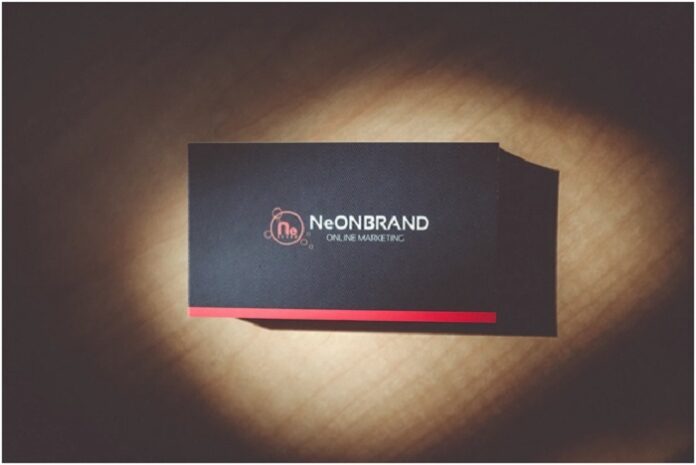According to a survey by creditdonkey, of the 10 billion cards printed each year, 8 billion will be tossed within a week. As a small business owner, you cannot afford to print business cards that end up in the trash as soon as you’ve handed them out. Fortunately for you, today there are tools such as the 4OVER4 free design tool that will help you design cards that will make you look like a pro designer and impress those you give them to. If you’re in the process of designing a business card you have to check it out as it is one of the easiest and advanced tools to create professional, high quality designs in minutes. In addition, 4OVER4 is an established nyc business cards printing company with over twenty years of experience printing superior quality business cards and other marketing collateral. But first, it’s important to know what makes a great business card and the following 6 rules should give you some clarity.
Find a Template That Reflects Your Brand’s Personality
Finding the right template should be done with your audience in mind which ultimately informs a company’s brand personality. If your audience is creative people, then you can experiment with some bright colors and cool design. This would be different if you were targeting people working in the financial industry. A simpler or minimalist design may be more appropriate for this type of audience.
For starters, make sure you have your brand logo, typography and color scheme clear. These are the foundation of your brand identity. This is important as you want to make sure that your business cards are consistent across your website and other promotional materials.
Settle on a Size and Shape
Your brand personality or identity will help you determine what kind of size or shape you should go for. Traditionally, business cards are rectangular in shape but this doesn’t mean you have to follow the trend. You could go with vertical business cards instead or even interesting shapes that represent your brand. For instance, if you’re running a bakery and your brand personality is fun and different, you could have business cards die-cut in the shape of cupcakes. It’s totally up to you and what your brand represents.
Organize Your Information
First and foremost, remember to maintain the whitespace of your business card by not crowding every part of the card with text and design. This is important because it makes it easier for people to read what’s on the card. Secondly, include the most important information. You could start with your name, job title, and company name and then email if that’s all you want to have on your card. Depending on what you deem fit for your business, include the key things and that could mean having your phone number, website and social media handles as well. However, remember there’s only so much you can put on one business card so consider having a QR code which will have all the information about your business digitally and your recipients can scan it to find all the information there.
Find the Right Typeface
One of the often overlooked tips for designing a business card is the typeface. When it comes to typeface, consider sticking to lettering that is consistent with your brand identity and other marketing collateral. This includes variations in size, weight (e.g. bold), slope (e.g. italic), width (e.g. condensed), and so on.
Add Your Logo
If you can remember one thing only from this article is that you must include your logo. Your brand identity is largely associated with your company logo and failing to add it to your business card will be a huge mistake. When using the 4OVER4 design tool, it’s easy to upload your logo and so expect to be done designing your business card in a few minutes.
Include a Call to Action
Think about what action you want those you give your business card to make. Do you want them to call you or would you rather they visited your website? This should be the focus of attention and so make sure that this information is included and it is legible. After doing this, make sure you proofread everything because nothing is as bad as printing business cards with a typo. You certainly can’t give these cards out as it will give the impression that you’re sloppy. Fortunately, at 4OVER4 you will get a free online proof sent to your email so that you can approve before sending the design to print. If you’ve been looking for the right print partner for your business, consider your search over because designing a high-quality business card on their tool is actually a fun endeavor. In the meantime, tell us, what is the one rule you’ve followed in the past to design your business cards?
Find a Home-Based Business to Start-Up >>> Hundreds of Business Listings.
















































